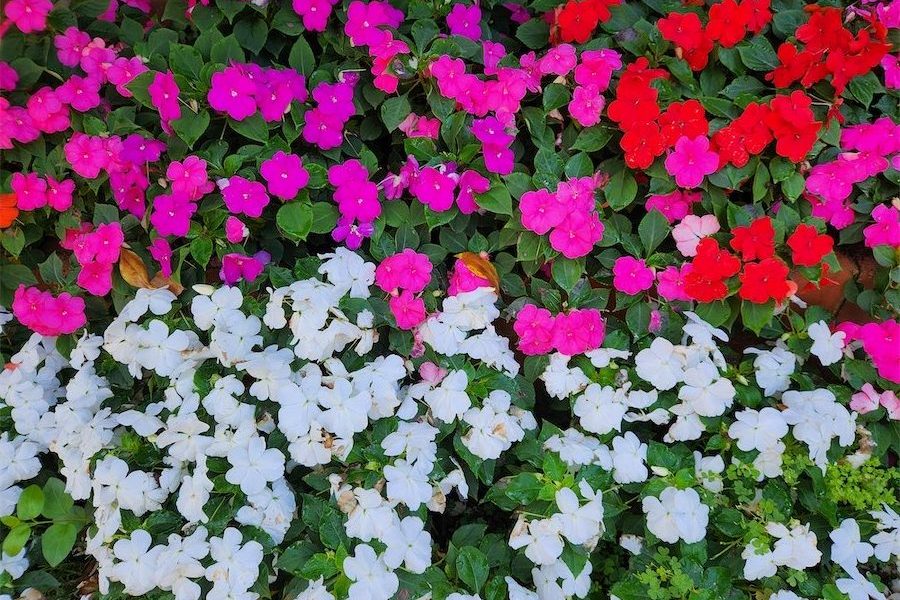
The value of insects pollinating crops and plants is estimated to run into the hundreds of millions of dollars, but the increased use of chemicals spray is having a dramatic effect on bees.
In particular, the inclusion of neonicotinoids in sprays is having a disastrous effect on beneficial insects in general. Home gardeners may wonder why some of their fruit trees now bear no fruit. Maybe it is due to chemical sprays. Even if you’re not using them, maybe your neighbours are, thus killing bees at blossom time.
With the ever-decreasing size of gardens, there are fewer flowering plants for bees to pollinate – not only fruit trees, but other plants and vegetables.
THE use of chemicals is also affecting farmers who have had their farms classified for producing organic foods. There was a case featured on the ABC’s “Australian Story” recently where an organic farmer in WA lost his organic status due to contamination from neighbouring properties.
It was thought that bees could travel only a few hundred metres, whereas research has shown that those tiny little wings can carry them several kilometres in search of flowers and pollen.
PEACH, nectarine, apricots, apples and pears, with the odd exception, all require two or more trees of different varieties to flower at the same time for the bees to pollinate.
To attract bees to your garden and assist in this pollination here are just a few of a possible 100 bee-loving plants: chives, lavender, lemon balm, thyme, oregano, rosemary, sage and salvias, and asters and sunflowers. Even the smallest garden can find room for some or all of these plants.
LIQUIDAMBARS immediately bring to mind a magnificent collage of autumn colours.

European knowledge of the liquidambar began with the Spanish conquest of Central and South America.
Besides looking for gold, explorer Francisco Hernández (1514-1587) was also seeking medicinal plants in his travels to New Mexico. He named the sweet resin on a tree liquidambar due to its colour. The natives used the resin to bind together feathers for ceremonial head dresses. The resin was also used for medicinal purposes and incense.
Hernández’s manuscripts record the resin was used to relieve headaches and induce sleep. British explorer Mark Catesby found the natives used the gum as a teeth preservative.
Another group of smaller-growing liquidambars, known as the Monticolo group, are from China, Taiwan and Japan and are available at some garden centres.
Jottings…
- Don’t delay in buying autumn trees before leaf fall.
- Don’t turn the dripper systems off yet. Despite Canberra receiving more than 50mm of rain at Easter, depending on your soil it only penetrated to about 10cm.
- Wear gloves when handling Hyacinth bulbs as they can cause severe skin irritations.
- Place netting over fish ponds to stop the autumn leaves that, as they rot, can kill fish.
- Balconies on high-rise units are ideal for growing bulbs in pots for a colourful spring display.
Who can be trusted?
In a world of spin and confusion, there’s never been a more important time to support independent journalism in Canberra.
If you trust our work online and want to enforce the power of independent voices, I invite you to make a small contribution.
Every dollar of support is invested back into our journalism to help keep citynews.com.au strong and free.
Thank you,
Ian Meikle, editor




Leave a Reply